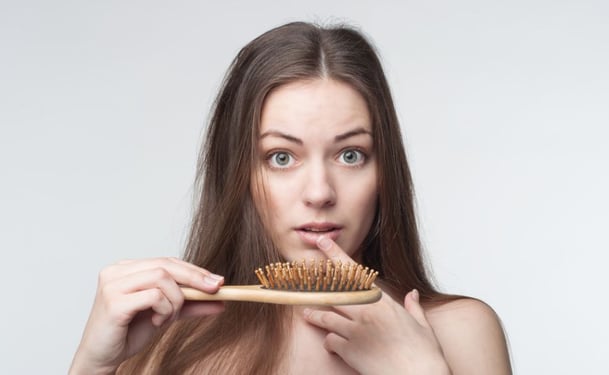Itching is the most common symptom of lice. Lice may be found on the scalp, pubic region, armpits, chest hair, eyebrows, eyelashes and in other areas around the body. If you have lice, wash your clothes and bed sheets and avoid close contact with others to avoid spreading lice. Speaking with a medical professional may also be helpful in determining how to get rid of lice and avoid spreading it to others.
Lice Do Not Jump or Fly
Many people incorrectly believe that lice are capable of flying or jumping. Close physical contact is the most common way in which lice are spread from one person to another, not by jumping or flying from a person with lice to another person.
More About Lice
Some may believe that lice can be as large as a match head, when in reality they are about the size of a pin head. They are small insects and have six legs. The louse (singular of lice) sticks its mouth on the scalp and drinks the blood. Nits are not the same as lice. While lice are insects, nits are egg cases that are laid by lice. They stick to the hair and do not go away until the hair grows out. Just because you have nits doesn't mean that you have lice. Nits are very small (smaller than a louse) and are white. For help telling nits and lice apart, speak with a healthcare professional.
Facts About Lice
Head lice are much more common in children than adults. Head lice may not cause symptoms like itching at first and may not be present for weeks or months. They are usually spread from one person to another through close physical contact or by sharing personal items with others. Pubic lice (crabs) are usually found in the pubic region, but may also be found elsewhere on the body, such as on the facial hair, eyebrows, etc. Pubic lice may be spread between sexual partners, as well as through other close physical contact or by sharing personal items with others. Despite their name, body lice are found in the clothes and only go onto the body to feed. If you have body lice, wash your clothes and bed sheets in hot water and bathe thoroughly. For more information about lice, speak with a healthcare professional. SkinCareGuide.com also contains further information about lice, symptoms and treatments.



